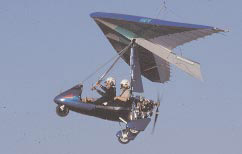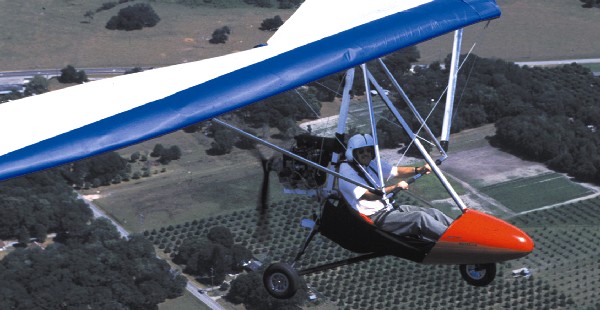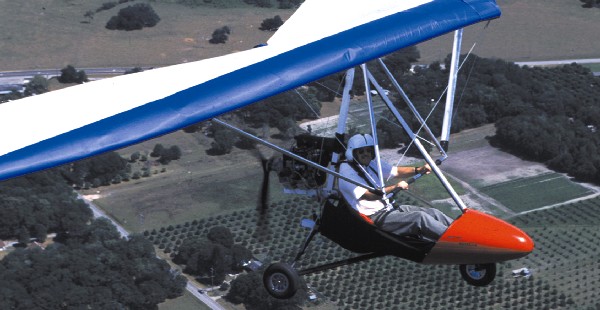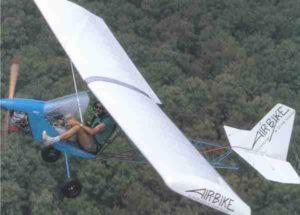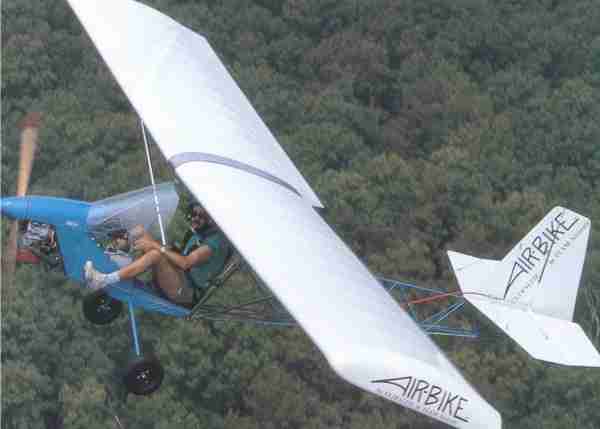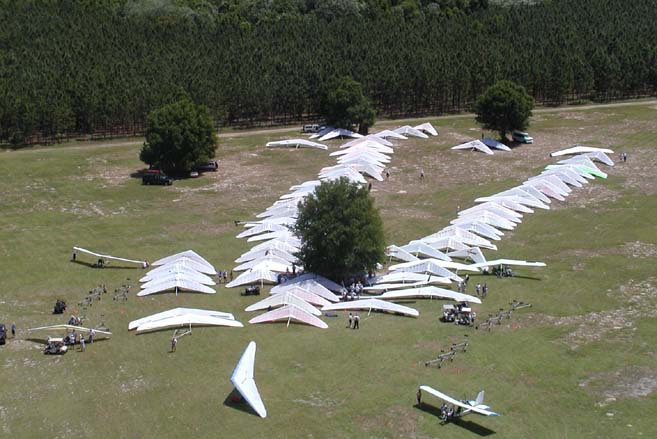
Like any of the Olympic sports, a world-class hang gliding championship brings together pilots so good that the rest of us can only imagine performing as well. Two hang gliding contests clustered right after Sun ’n Fun draw the best of the best, and 2001 was a banner year for top talent. This year the Wallaby Open and a contest at nearby Quest Air switched positions with the Quest meet coming first this year. The highest-ranking world pilots flew both week-long competitions. Cross-Country Tasks Some power pilots believe that hang glider pilots jump from mountains and slide into the valley. That may have been true 25 years ago, but today, meet organizers routinely call for racing flights from 50 to well over 100 miles. In daily events called tasks, competing pilots are out on the course trying to make goal. As many as 100 gliders are pursuing the destination as furiously as the lift will allow.








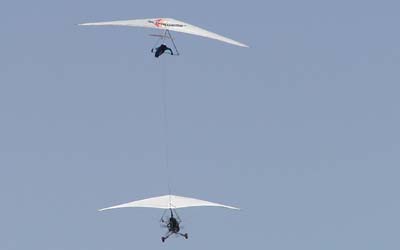
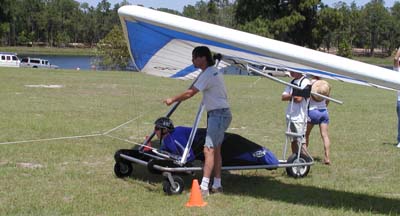

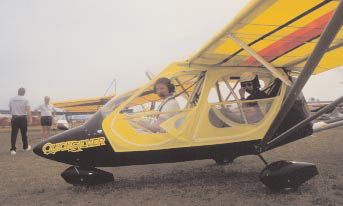 Not long after takeoff, the airline captain's deep voice transmitted the following: "Ah... Los Angeles Center, I see hang gliders not far off my wing. They aren't in our airspace, but I'm surprised to see these guys up here."
Thus began the impetus to create
Federal Aviation Regulation (FAR) Part
103. Of course, the rule had no name
at the outset, but one FAA official saw
the future.
Honoring the foresight of this
man, EAA recently inducted W.
Michael "Mike" Sacrey into the EAA
Ultralight Hall of Fame during
ceremonies on November 2, 2001, at
EAA headquarters in Oshkosh,
Wisconsin.
Mike holds an airline transport pilot
(ATP) rating with numerous sign-offs
for a variety of jets and multiengine
seaplanes. He's also flown at least a
dozen different ultralights. A
certificated flight instructor for both
airplanes (CFI) and instruments (CFII),
Mike has logged more than 8,000
hours of flight time. During his nearly
30-year career with FAA, he held a
number of positions in various Flight
Standards District Offices (FSDOs),
including assignments to FAA's
Washington, D.C., headquarters staff.
He retired from FAA in June 2000, after
having served as director of FAA's
Southern Region Flight Standards
District Office for more than six years.
While Mike's work in mainstream
aviation affected thousands of pilots
plus millions of airline customers, none
have been touched more saliently than
the ultralight community. Tens of
thousands of fly-for-fun pilots owe this
man a debt of gratitude, even if they
don't know his name (though,
obviously, articles like this one will
somewhat change that situation).
Not long after takeoff, the airline captain's deep voice transmitted the following: "Ah... Los Angeles Center, I see hang gliders not far off my wing. They aren't in our airspace, but I'm surprised to see these guys up here."
Thus began the impetus to create
Federal Aviation Regulation (FAR) Part
103. Of course, the rule had no name
at the outset, but one FAA official saw
the future.
Honoring the foresight of this
man, EAA recently inducted W.
Michael "Mike" Sacrey into the EAA
Ultralight Hall of Fame during
ceremonies on November 2, 2001, at
EAA headquarters in Oshkosh,
Wisconsin.
Mike holds an airline transport pilot
(ATP) rating with numerous sign-offs
for a variety of jets and multiengine
seaplanes. He's also flown at least a
dozen different ultralights. A
certificated flight instructor for both
airplanes (CFI) and instruments (CFII),
Mike has logged more than 8,000
hours of flight time. During his nearly
30-year career with FAA, he held a
number of positions in various Flight
Standards District Offices (FSDOs),
including assignments to FAA's
Washington, D.C., headquarters staff.
He retired from FAA in June 2000, after
having served as director of FAA's
Southern Region Flight Standards
District Office for more than six years.
While Mike's work in mainstream
aviation affected thousands of pilots
plus millions of airline customers, none
have been touched more saliently than
the ultralight community. Tens of
thousands of fly-for-fun pilots owe this
man a debt of gratitude, even if they
don't know his name (though,
obviously, articles like this one will
somewhat change that situation).
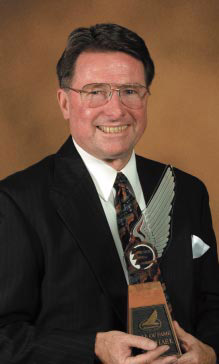
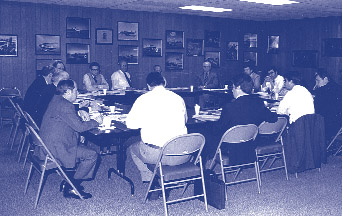 Though modern-day ultralight
pilots may not often consider the
significance of Mike's work two
decades ago, he created the structure in
which ultralights were allowed to
flourish. Careful to give credit to
others, Mike would demure to the
designers, instructors, organizers,
association leaders, and flying club
officials who compose the backbone of
ultralight aviation as it is today.
Yet it takes a visionary person to put
new developments in their proper position; when it comes to ultralight
aviation, Mike Sacrey is the person
many believe deserves this distinction.
As he looked ahead, his eyesight was
better than 20/20.
Part 103 will celebrate its 20th
anniversary not long after EAA
AirVenture Oshkosh 2002 is history.
Though modern-day ultralight
pilots may not often consider the
significance of Mike's work two
decades ago, he created the structure in
which ultralights were allowed to
flourish. Careful to give credit to
others, Mike would demure to the
designers, instructors, organizers,
association leaders, and flying club
officials who compose the backbone of
ultralight aviation as it is today.
Yet it takes a visionary person to put
new developments in their proper position; when it comes to ultralight
aviation, Mike Sacrey is the person
many believe deserves this distinction.
As he looked ahead, his eyesight was
better than 20/20.
Part 103 will celebrate its 20th
anniversary not long after EAA
AirVenture Oshkosh 2002 is history.
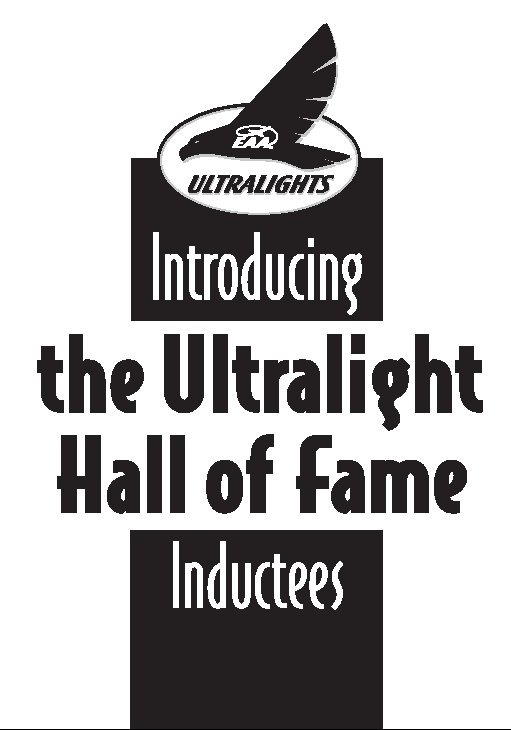
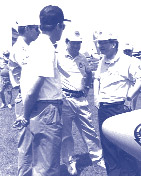 Today it is widely accepted as a
triumph of rule making|a rule about which pilots can actually become enthusiastic.
Today it is widely accepted as a
triumph of rule making|a rule about which pilots can actually become enthusiastic.
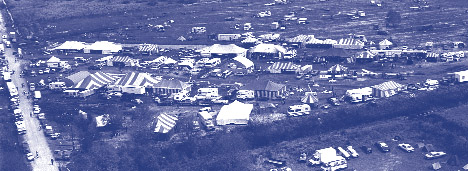 But, in the early 1980s, FAA's attention was again drawn to ultralights after enthusiasts started putting better developed engines on the machines, which allowed them to fly higher and farther. Mike recalls that FAA's Air Traffic Division was given the assignment to create a sub-chapter to FAR Part 91 that would regulate the activities of these vehicles.
"That was the original plan," says Mike, "to figure out how to prohibit powered hang gliders/ultralights from using the most pieces of airspace that also were used by air commerce. FAA didn't want to kill ultralights, but nobody in air commerce was too anxious to see them proliferate. We were trying to find a way to adequately fulfill FAA's responsibilities to control air traffic and assure the safety of the public.
But, in the early 1980s, FAA's attention was again drawn to ultralights after enthusiasts started putting better developed engines on the machines, which allowed them to fly higher and farther. Mike recalls that FAA's Air Traffic Division was given the assignment to create a sub-chapter to FAR Part 91 that would regulate the activities of these vehicles.
"That was the original plan," says Mike, "to figure out how to prohibit powered hang gliders/ultralights from using the most pieces of airspace that also were used by air commerce. FAA didn't want to kill ultralights, but nobody in air commerce was too anxious to see them proliferate. We were trying to find a way to adequately fulfill FAA's responsibilities to control air traffic and assure the safety of the public.
 "The actual assignment to write the rule came to Bernie Geier and Keith Potts as division managers. Besides myself, others on the team included Jack Reynolds from Airports, Ken Peppard from Air Traffic, and Art Jones of the Certification branch. Art was involved because at one time the thought of requiring some level of pilot certification had been considered. Even though Art was manager of the Certification branch, he was not someone who was particularly into empire building. He had a good feel for what was and wasn't needed, and in the end he felt that pilot certification would not be a significant benefit and could become a burden on the agency if FAA had to oversee certification."
According to Mike, one of the biggest discussions that evolved from FAA's initial meetings was coming up with a definition of ultralights. "We could see that the foot-launching rule wasn't working any more as a defining line because more and more people were putting landing gear on the machines, and we could see that was safer, so we began looking for other defining criteria. At that time, we had no idea how sophisticated these machines were going to become."
"The actual assignment to write the rule came to Bernie Geier and Keith Potts as division managers. Besides myself, others on the team included Jack Reynolds from Airports, Ken Peppard from Air Traffic, and Art Jones of the Certification branch. Art was involved because at one time the thought of requiring some level of pilot certification had been considered. Even though Art was manager of the Certification branch, he was not someone who was particularly into empire building. He had a good feel for what was and wasn't needed, and in the end he felt that pilot certification would not be a significant benefit and could become a burden on the agency if FAA had to oversee certification."
According to Mike, one of the biggest discussions that evolved from FAA's initial meetings was coming up with a definition of ultralights. "We could see that the foot-launching rule wasn't working any more as a defining line because more and more people were putting landing gear on the machines, and we could see that was safer, so we began looking for other defining criteria. At that time, we had no idea how sophisticated these machines were going to become."

